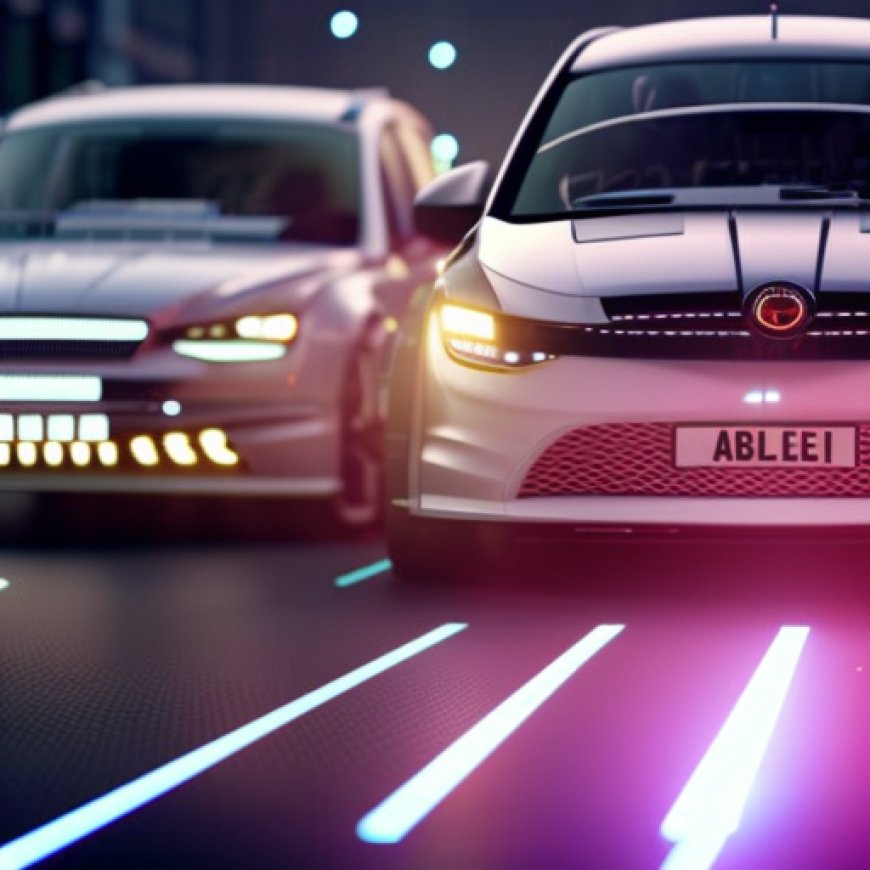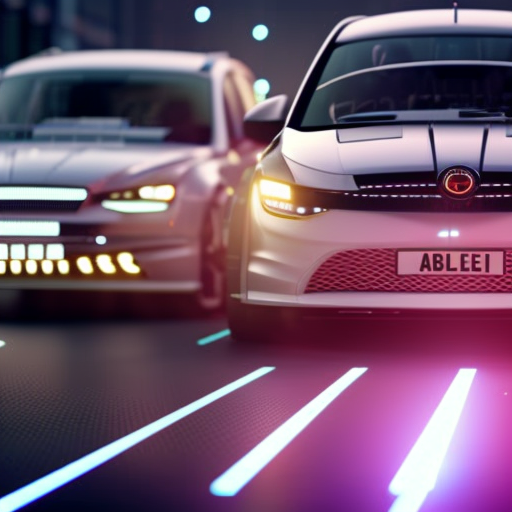Electric Vehicles Play a Surprising Role in Supporting Grid Resiliency – CleanTechnica
Electric Vehicles Play a Surprising Role in Supporting Grid Resiliency CleanTechnica


Widespread Electrification Initiatives and the Role of Electric Vehicles in Supporting Grid Resiliency
Widespread electrification initiatives are increasing the demands on America’s aging power grid, but utilities and consumers may have an unlikely ally in electric vehicles (EVs).
data-image-title=”evs-play-surprising-role” data-image-description data-image-caption=”
Vehicle-to-grid charging programs may help support the electric grid in the transition to sustainable transportation. Parked vehicles can supply power back to homes and communities during periods of peak energy demand. Photo by Werner Slocum, NREL
” data-medium-file=”https://cleantechnica.com/files/2023/10/evs-play-surprising-role-400×291.jpg” data-large-file=”https://cleantechnica.com/files/2023/10/evs-play-surprising-role-800×582.jpg” decoding=”async” class=”wp-image-308830 size-full” src=”https://cleantechnica.com/files/2023/10/evs-play-surprising-role.jpg” alt width=”825″ height=”600″ srcset=”https://cleantechnica.com/files/2023/10/evs-play-surprising-role.jpg 825w, https://cleantechnica.com/files/2023/10/evs-play-surprising-role-400×291.jpg 400w, https://cleantechnica.com/files/2023/10/evs-play-surprising-role-800×582.jpg 800w, https://cleantechnica.com/files/2023/10/evs-play-surprising-role-768×559.jpg 768w” sizes=”(max-width: 825px) 100vw, 825px”>
Vehicle-to-grid charging programs may help support the electric grid in the transition to sustainable transportation. Parked vehicles can supply power back to homes and communities during periods of peak energy demand. Photo by Werner Slocum, NREL.
Research from the National Renewable Energy Laboratory (NREL) and Leiden University’s Institute of Environmental Sciences in the Netherlands evaluates how vehicle-to-grid (V2G) bidirectional charging programs may offer short-term grid storage opportunities, as detailed in a Nature Communications journal article.
Across the country, Americans are facing rolling blackouts and power failures caused by severe weather events. One contributing factor in these stressful scenarios is that U.S. electricity consumption tends to follow predictable demand cycles that do not always coincide with energy supply. For example, solar panels generate electricity from sunlight, but energy demand—particularly during winter’s shorter days and colder nights—tends to rise in the evenings after the sky goes dark. In response, utility companies have introduced time-of-use rate structures that charge consumers more during peak demands.
NREL researchers are exploring how energy systems of the future might offer relief. For example, energy stored in fully charged EV batteries could offer a distributed network of backup power, using V2G programs to supplement power to homes and communities during periods of peak demand. Once energy demand levels off, EVs would fully recharge in anticipation of a new day.
“Picture EVs as mobile battery storage systems. EVs can absorb excess power when available and store that energy for future needs,” said NREL’s Paul Gasper, a battery degradation scientist. “There is potential to store renewable energy within the global EV fleet to improve the flexibility and resilience of our power grid.”
NREL Evaluates V2G Impacts and Opportunities for EV Owners
As part of this study, Gasper’s team used NREL’s advanced modeling and analysis capabilities, including the Future Automotive Systems Technology Simulator (FASTSim), to explore how future EV deployment, battery degradation, and owner participation would impact the global EV battery capacity available for grid storage. This research helped determine how EV owners’ driving and charging habits impact the available energy storage capacity. Although market participation and consumer buy-in pose significant barriers to successful V2G implementation, further NREL research shows how V2G systems could benefit EV owners.
Using state-of-the-art battery degradation models, NREL experts evaluated how V2G programs would affect the health and lifetime of EV batteries. This approach combined real-world testing and temperature models to predict how battery health changed over time for different climates and driving behaviors worldwide. Findings indicate that EV owners may extend their EV batteries’ life by participating in grid services.
“When parked EVs sit fully charged for an extended period of time, the batteries degrade more quickly than if they were at a lower state of charge,” Gasper said. “Participating in cleantechnica.com

Join us, as fellow seekers of change, on a transformative journey at https://sdgtalks.ai/welcome, where you can become a member and actively contribute to shaping a brighter future.







